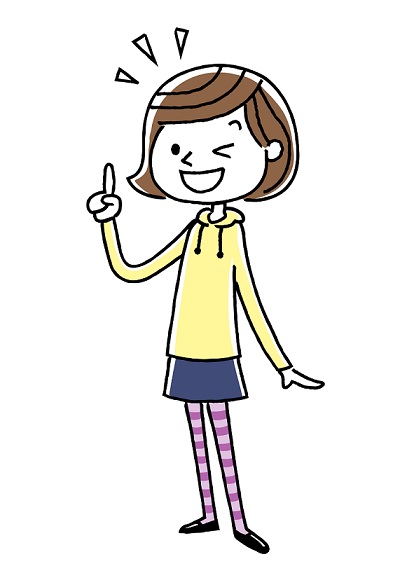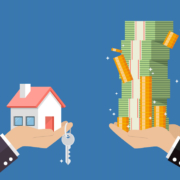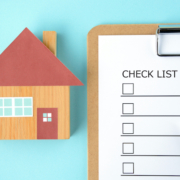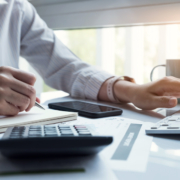6 Painless Ways to Pay Down Debt

6 Painless Ways to Pay Down Debt
If you’re struggling to pay down debt, you’re not alone. It can start out somewhat unnoticeable. Someone gets a new credit card and is doing well with it, buying something on the card and paying the bill when due. After a time, the credit card company sees the positive payment patterns and raises the credit limit. The person is being responsible by not really making any large purchases but then there’s a sale at the electronics store. A brand new 65” 4K HDTV is just too tempting not to buy. And then of course there are the “must have” accessories such as a sound system, speakers and mounting hardware. A few weeks go by and it’s decided that it’s time to stop going to the laundromat and go ahead and break down and buy a new washer and dryer combo. Maybe a new car is on the horizon?
At some point, the paycheck is eaten up with new revolving and installment accounts. There’s very little, if any, remaining on the accounts. Revolving debt is approaching credit limits and when that happens credit scores begin to falter. A personal credit report is ordered and the individual is somewhat shocked at how much is owed on various accounts. But it appears a bit too overwhelming. Where to even start? Here are six ways to pay down debt that takes very little effort.
6 Easy Ways to Pay Down Debt
Low Balance. Let’s first get a little confidence boost and pay off one credit account completely. Look for the credit account with the lowest outstanding balance. The low balance will be easier to handle either in one payment or split up between two or three. Now, once that account balance has reached zero, take the money you would have paid on this existing account and apply it to the next account. Note, your cash flow is essentially the same because your cash outflow is the same. It’s just the additional funds are going toward paying down another account more quickly.
High Interest. High interest rates mean more of the monthly payment is going toward the creditor in the form of interest. While very little is going toward the outstanding balance. Higher interest accounts typically point to credit cards. Put as much extra money as you can each month until you can pay down debt fully. Once done, work on the next highest interest rate loan and repeat the process.
Balance Transfers. How often do you see advertisements for a zero percent interest rate for a new credit card? Pretty much all the time, right? Take a look at your other credit card accounts and identify the one(s) with the higher interest rates. Transfer as much as you can to a new zero interest rate card. Then cancel the other card(s). Pay down debt with the zero interest rate, but pay attention to the date when the zero interest rate goes away.
Personal Loans. A personal loan is one from your bank or credit union that requires no collateral other than your good credit, and is a great way to pay down debt. Call your bank and get a quote for a personal loan and compare the interest rate on this type of loan with your various other credit accounts.
Ask. If you have higher rates on your credit card accounts you might also contact those companies and directly ask for a lower rate. This way to pay down debt is often an ideal solution for someone that is still working on their very first card. First time credit accounts can carry higher rates compared to seasoned accounts. If you’ve been making your payments on time, reach out and simply ask for a lower rate.
Refinancing. Finally, if you’re in the middle of refinancing your mortgage, you might want to take a look at pulling a little extra cash out to pay down debt during the process and pay off higher interest rate accounts. Interest rates for mortgages are extremely low compared to other types of credit.
What’s Next
One last note, if your goal is to pay down debt the second half of that goal is to not let the accounts build back up again. Keep the accounts you need and use, but close down the higher rate accounts. Don’t just pay the balance down to zero, but cancel the account completely.






